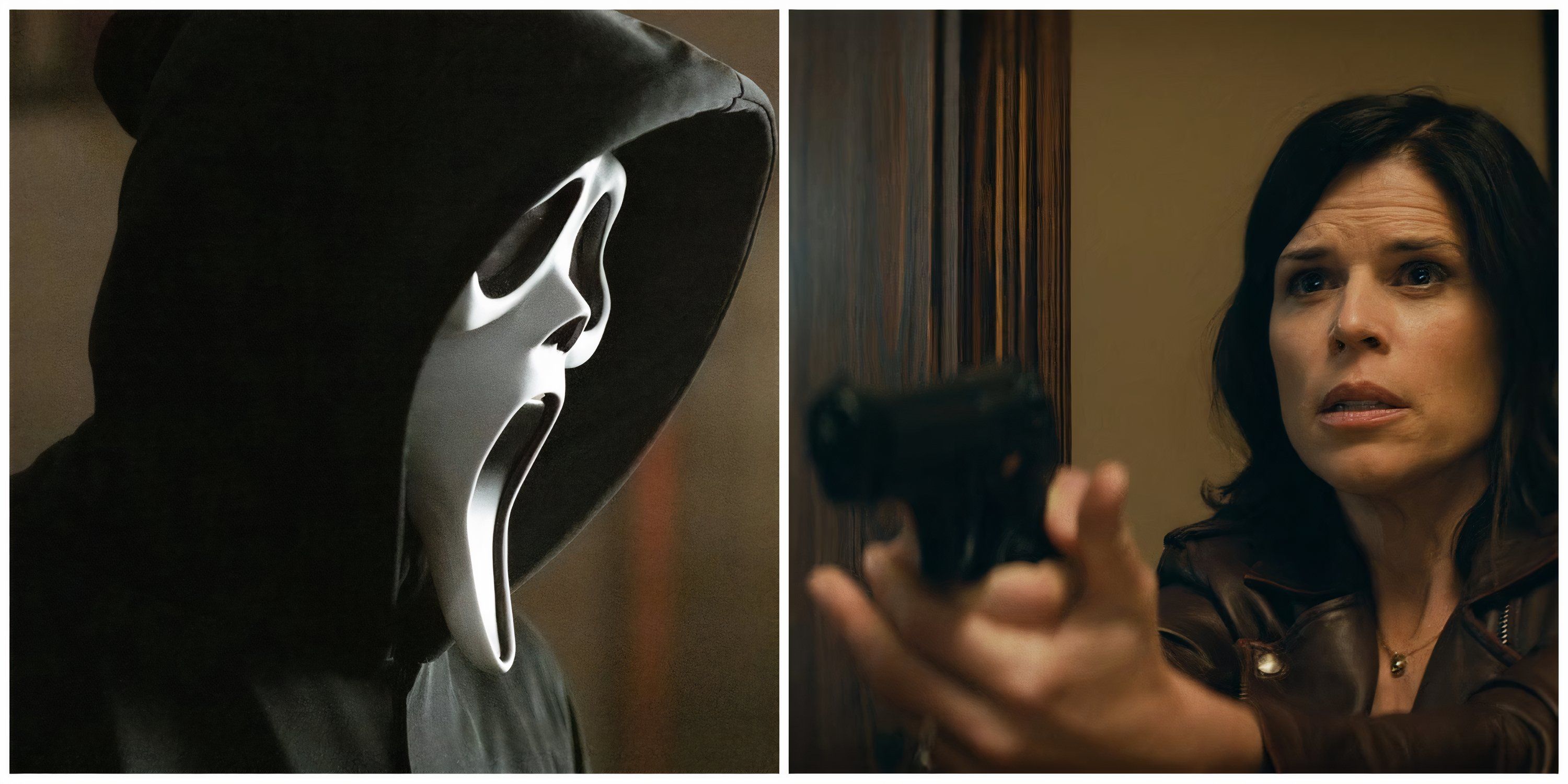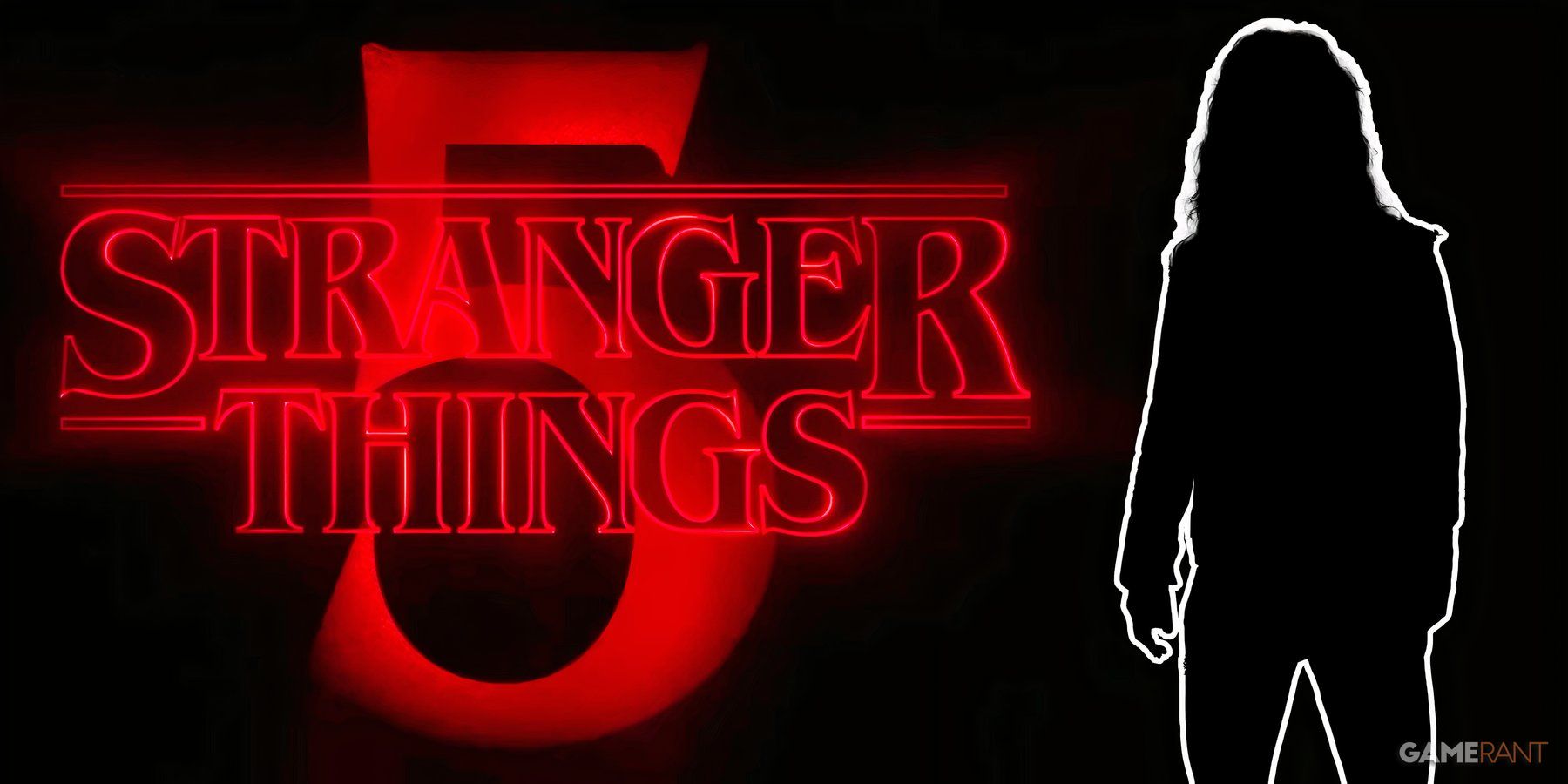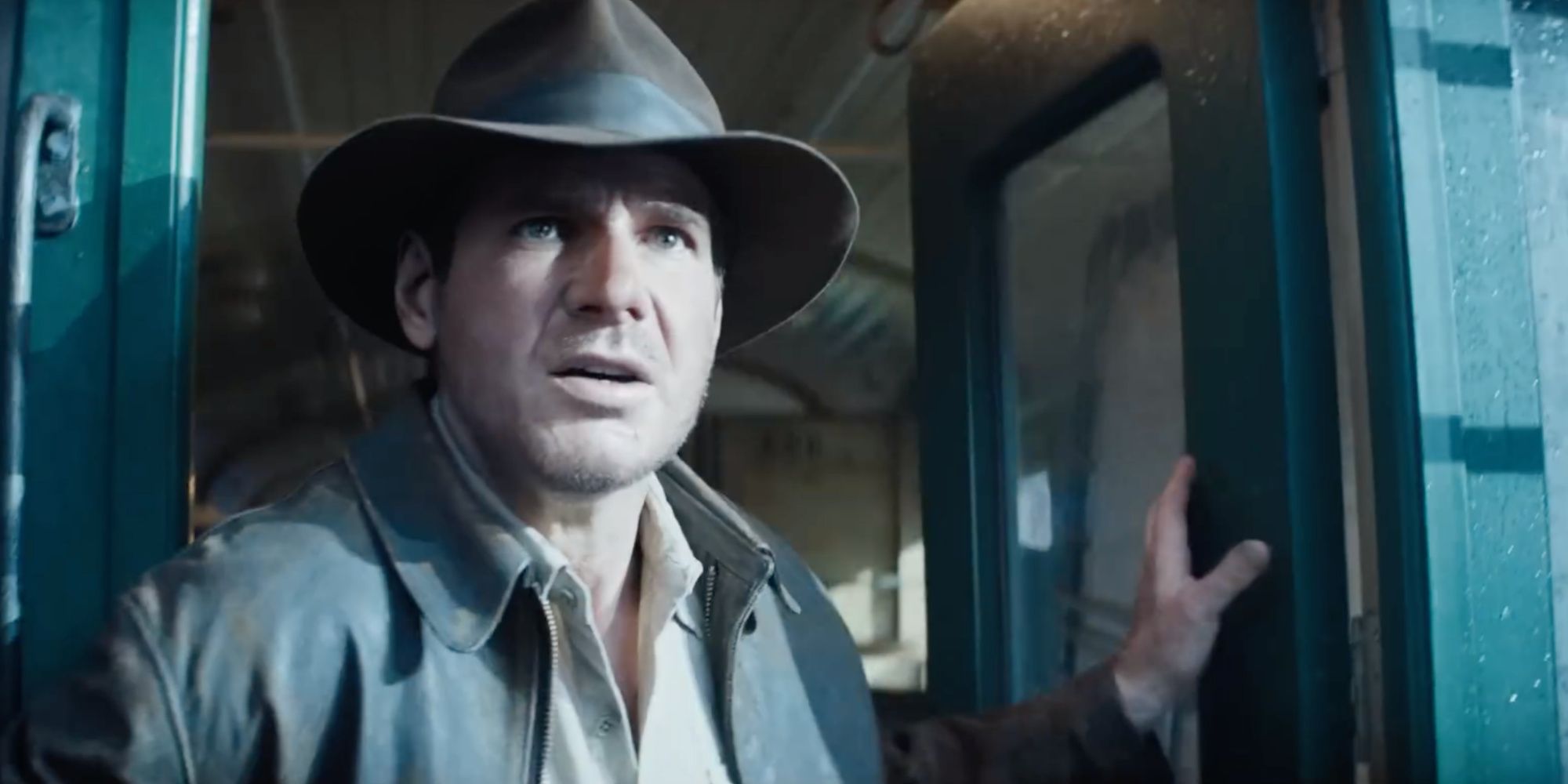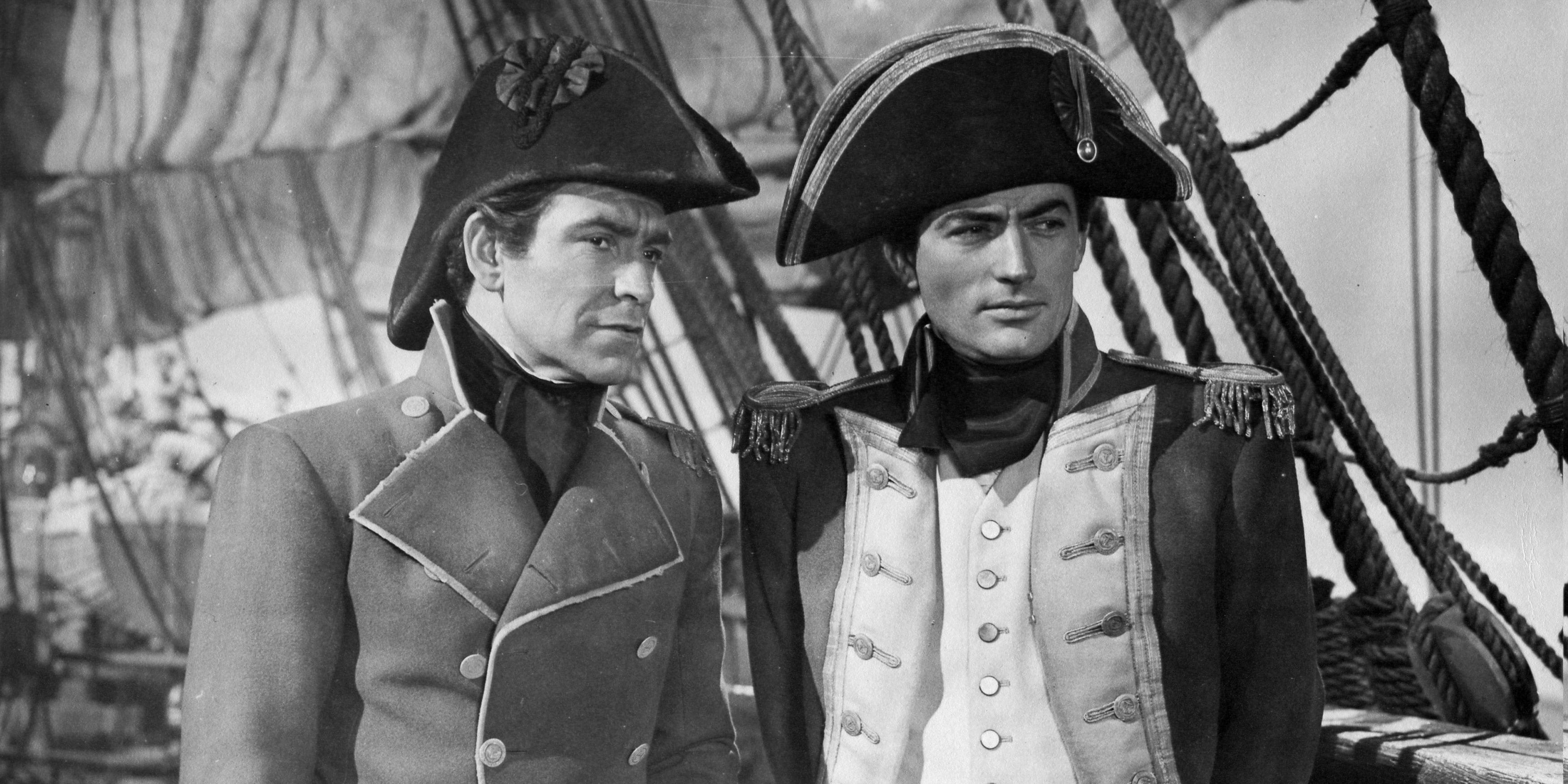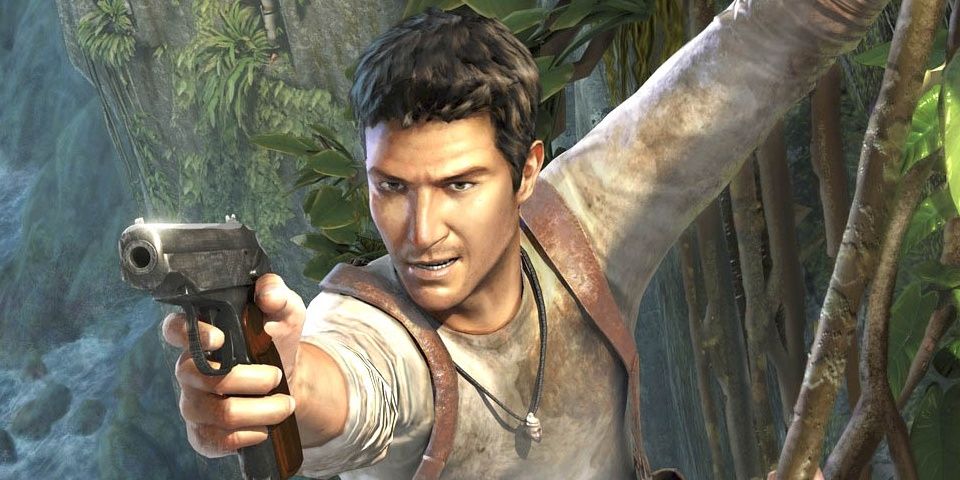Action cinema would lose so much if every hero's plan went strictly as intended. The most enjoyable part of clever thrillers is when the strategy falls apart, forcing the main characters to improvise. Stories usually make their protagonists the underdog in a struggle against the odds. The ability to think on the fly is often the difference between winning and losing. It's a virtue exemplified by Dr. Henry Walton "Indiana" Jones Jr.
Most action stories see both sides of the conflict trading plans back and forth. The villain wants to take over the world, and the hero finds a way to disrupt their scheme, so the villain comes up with a strategy to stop them. It's like a game of chess, but some heroes approach the board with a more imaginative approach.
An intricate scheme with a million moving parts is always fun, but most action heroes don't have the luxury of planning that far ahead. Action protagonists often prefer the Indy Ploy. Named after Indiana Jones, an Indy Ploy is a stratagem devised during its use. The initial plan has likely failed, forcing the heroes to make up the rest as they go along. Their first idea might have relied on an incorrect assumption, faltered due to a sudden betrayal, or faced opposition too great to overcome. Some dashing rogues enter a situation without a plan, choosing to start with an Indy Ploy and build from there. The hero will likely be lauded for their creativity if their ploy works. Some examples treat the spontaneous nature of the Indy Ploy as a surprise reveal, usually for comedic effect. Less successful strategies will prompt the other characters to see the hero as reckless, impulsive, or impatient. They probably fit each descriptor, but their success will determine whether they belong on Indy's level.
The Indy Ploy long predates the dedicated archaeologist it was named after. Dr. Jones was designed as an homage to the 30s adventure serials that inspired George Lucas. Many of those heroes were inspired by characters like Allan Quartermain from King Solomon's Mines. In the same era, C. S. Forester created Horatio Hornblower. Horatio has almost nothing in common with Indy. He's a British naval officer who fought in the Napoleonic wars. Hornblower is plagued by self-doubt, constantly discrediting his achievements and fretting about his minor flaws. Though he lacks confidence, Horatio is a masterful sailor and a brilliant strategist. With all the variables out at sea, Hornblower is forced to rely on Indy Ploys. Luckily, he's a master of them.
Indiana Jones is obviously the master of the Indy Ploy on the big screen. He's far from the only example, but he's probably the best. Characters frequently ask Indy how they're expected to accomplish their part of his clever scheme, only to be reminded that he doesn't think that far ahead. The editing of the franchise sells the idea. Indy first explains that he's making things up as he goes along in Raiders of the Lost Ark, shortly before a well-timed cut to the professor stealing a horse. By Kingdom of the Crystal Skull, every character that knows Jones personally does the explaining for him. Mutt and Marion take turns informing each other that Indy works better on the fly. The important thing about the Indy Ploy is that he isn't completely without a strategy. It's just that he starts developing the plan seconds before its execution or during its first stage. Indiana Jones' greatest skill is his ability to think under pressure, and that's what makes him the namesake of the Indy Plot.
It stands to reason that the interactive answer to Indiana Jones would be the most frequent video game user of the Indy Plot. Nathan Drake from the Uncharted series is as close to Indy as gaming gets without donning the trademark hat. It's hard to find a photo of Nathan Drake where he isn't grinning like an idiot the moment before he does something stupid. Every time Drake plans more than an hour ahead, he gets betrayed, his intel proves unreliable, or one of his allies gets captured. Even when the man wants to schedule his scheme down to the finest detail, he doesn't have that luxury. Drake relies on Indy Plots because they're the only option available in the hard life of a globe-trotting thief.
The Indy Plot is frequently the most compelling structure for an action narrative. Watching the best-laid plans come to perfect fruition can be satisfying, but there's something so appealing about a hero who flies by the seat of their pants. Indy approaches every problem in the moment. He doesn't let his preconceived notions of how something should go get in the way of the best outcome for him and his allies. Learn from Indy. Some situations demand a strategy, but sometimes a problem demands a solution with almost no forethought.

